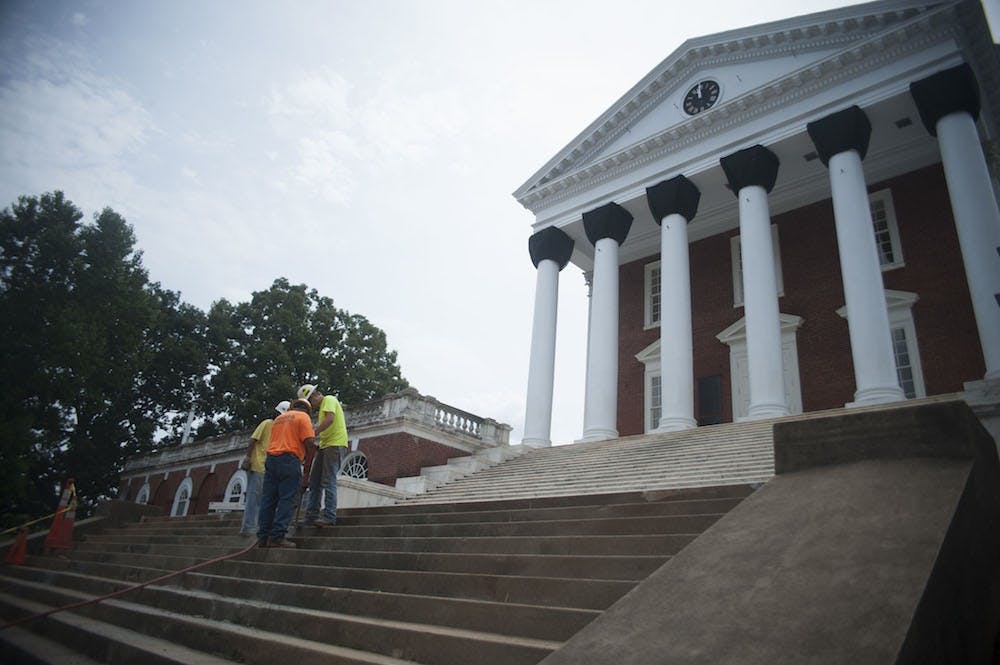Now four month's into the 2014-15 fiscal year, University administrators are ironing out the kinks in a new budget model, which is shadowing the existing model this year before being fully implemented July 1.
The new activity-based model will divvy funds among the University's 11 schools based on enrollment and tuition, which brings in 36.6 percent of funds.
“The idea of the model is that under the old system the University kept all of the funds centrally and distributed them to various schools,” said Politics Prof. James Savage, Chair of the Arts & Sciences Budget Committee. “The new idea is that each individual school, take the College for example, keeps a greater portion of tuition from enrollment in addition to grants, contracts, and endowment money.”
Under the new budgetary system, an Engineering student who enrolls in a College course, for instance, would see a portion of his tuition dollars go toward the College, rather than entirely to the Engineering School, as under the current model.
The College will receive an increase in funding under the new model, Savage said. The school plans to use the money to support the rising number of College students. In addition, it will use those funds to fund better research and raise more endowment money, Savage said.
“The generation of more resources is coming primarily from endowment but also to an extent from research and growing enrollment,” Savage said. “Only so many students are admitted and there is only so much money in the federal budget for research, but there is no restraint on endowment.”
The University has made corrections to the new budget model since it adopted the proposal and will continue to make changes before final implementation.
According to the University’s 2014-2015 Amended Budget Summary, the new operating budget will total $2.8 billion, an increase of $92.3 million compared to the 2013-2014 projection. The budget is comprised of the Medical Center, the College at Wise, and the University’s Academic Division — only the Academic Division is impacted by this new model.
Even with a new model in place, a degree of uncertainty still remains in forecasting the University budget, University spokesperson Anthony de Bruyn said.
“The University has been informed that shortfalls in state revenues mean that the University should plan for cuts of $8.1 million dollars in each of those fiscal years, and neither the old way of doing budgeting nor the new one provide any immunity from such cuts,” he said.
The University of Virginia Budget Office is encouraging an open dialogue about concerns anyone has with the new budgeting system.
“It is fair to say that we, similar to the approach of other institutions that have implemented this kind of model, are encouraging expression of concerns, especially as the number of people who are engaging in the implementation from around the Grounds grows,” de Bruyn said. “It is a natural part of building trust and confidence that the model is helping us do what we intend to do.”
The projected revenue figures for the new model will be released sometime in November.







